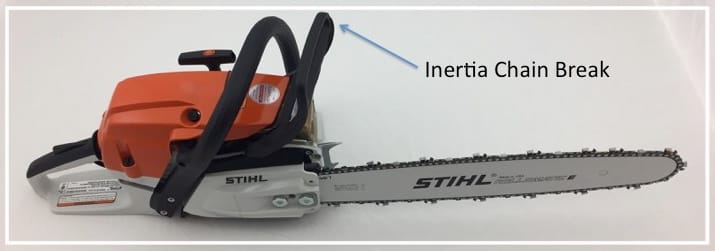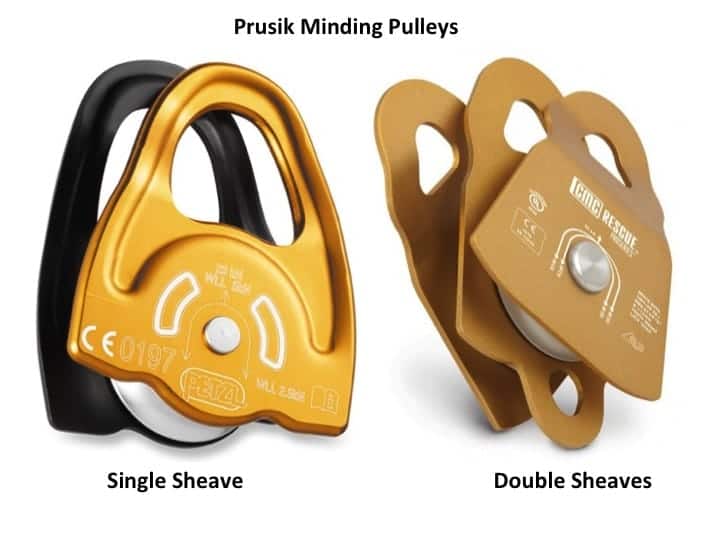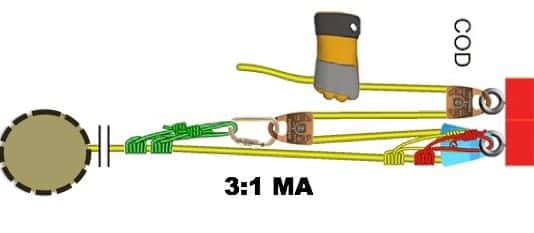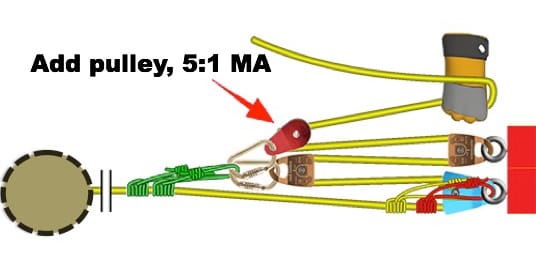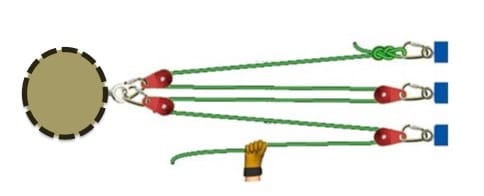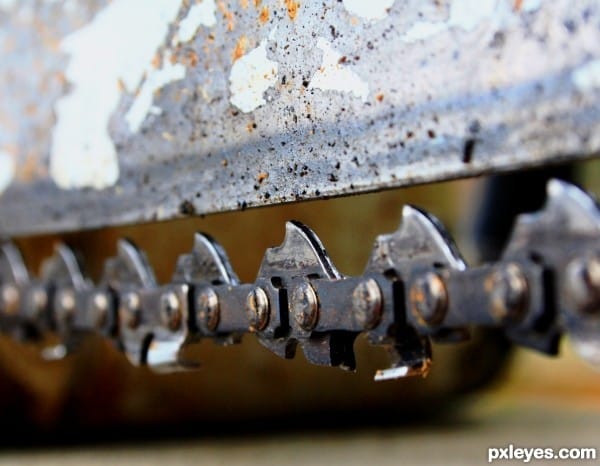Avoid the worst. Put safety first.
The inertia chain brake is a very important safety feature of the modern chain saw. It improves the safe use of the chainsaw in 3 separate ways:
- It acts as a hand guard protecting your left hand from being slapped and stabbed by tree branches while limbing, bucking, and clearing.
- When activated between cuts it can prevent you from getting accidentally cut while walking. If you were to slip or trip while traveling between cuts, natural reaction could cause you to squeeze the trigger, potentially cutting yourself in a variety of gruesome ways. ANSI and OSHA standards recommend taking no more than 3 steps without engaging the chain brake. Glen Peroni of North American Training Solutions suggests activating the brake when you take even one step.
- In the event of sudden or rapid movement of the chainsaw, such as when kickback occurs, the brake is designed to engage automatically through the force of inertia. Since kickback occurs suddenly and with great force most people cannot react fast enough to activate the chain brake manually. Chainsaw manufacturers spent a lot of time and money researching a way to help us. The chainsaw brake handle, brake spring, and band are designed to be of the perfect weight and tension to activate at kickback by the rapid movement of the saw. It is similar to a seat belt in a car; it works when you need it.
Test this safety feature on your saw.
Set a piece of wood or log on the ground. Hold the saw in front, at approximately shoulder level, with the brake disengaged. Then simply let the saw fall onto the piece of wood. The chain brake should activate. If after 3 tries it does not activate the chainsaw should be taken out of service until the brake can be fixed. Normally this means it needs a good cleaning.
What is the best way to lockout-tagout a saw?
Take the bar off. That way nobody is likely to put it on a truck and take it out.
Kickback Demonstration by Chainsaw Instructor Joe Glenn
Joe demonstrates kickback here and you can see the chain brake activates on the third demo.
Always Remember to Use Your Chain Brake
This is one of Peroni’s incredible saw sound imitations. You can hear the clicking on and off of the chain brake. How many steps does he take while limbing this tree?
